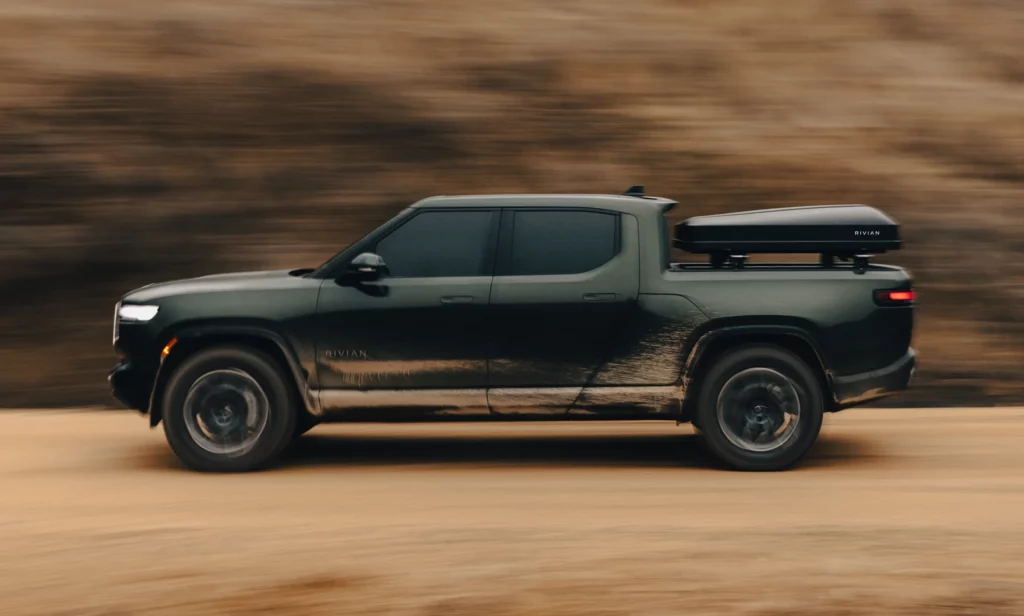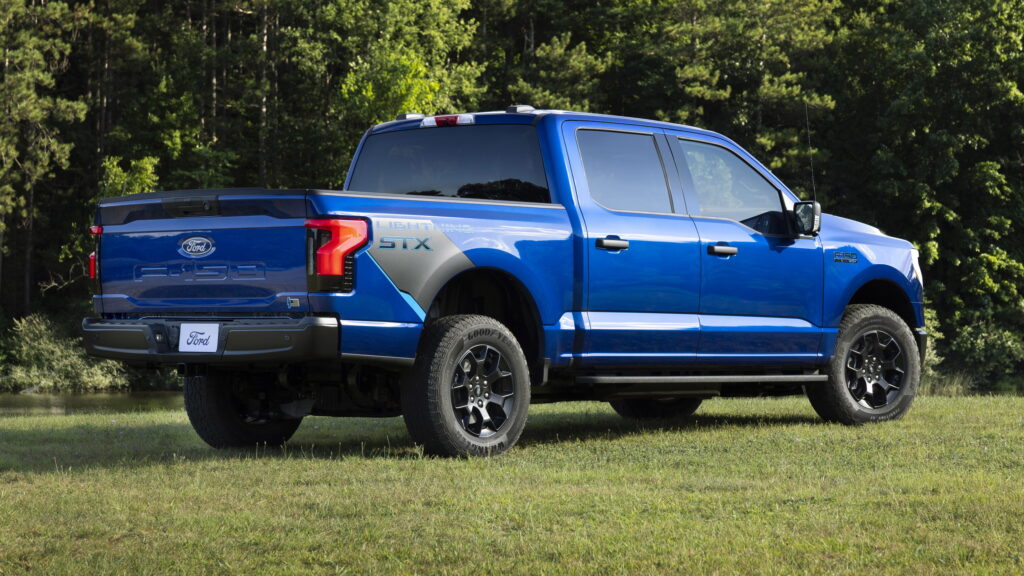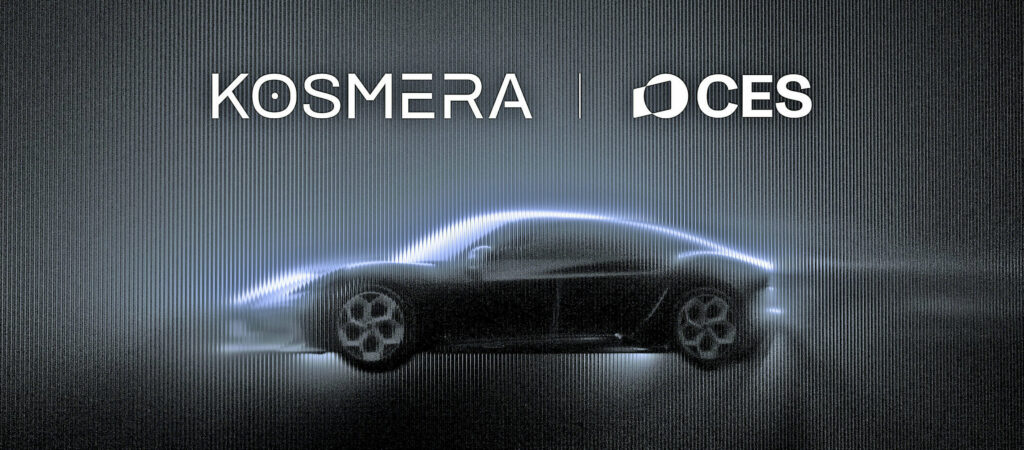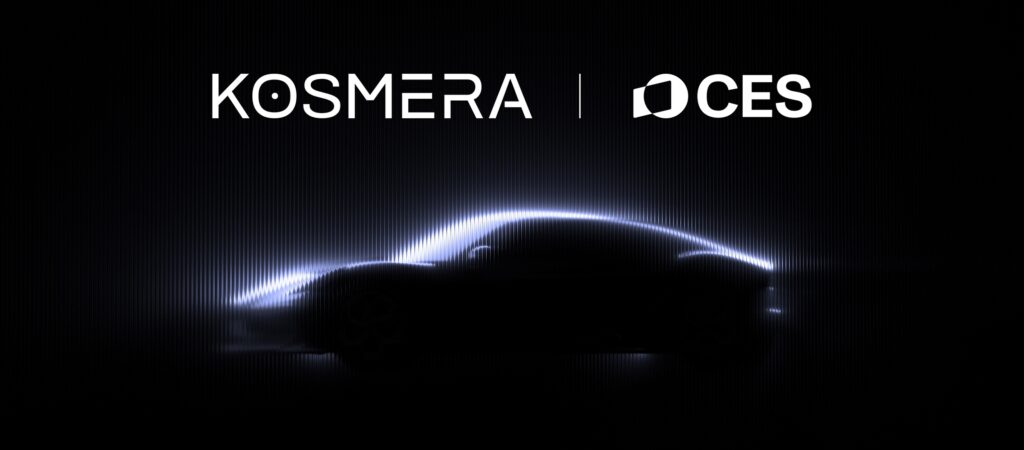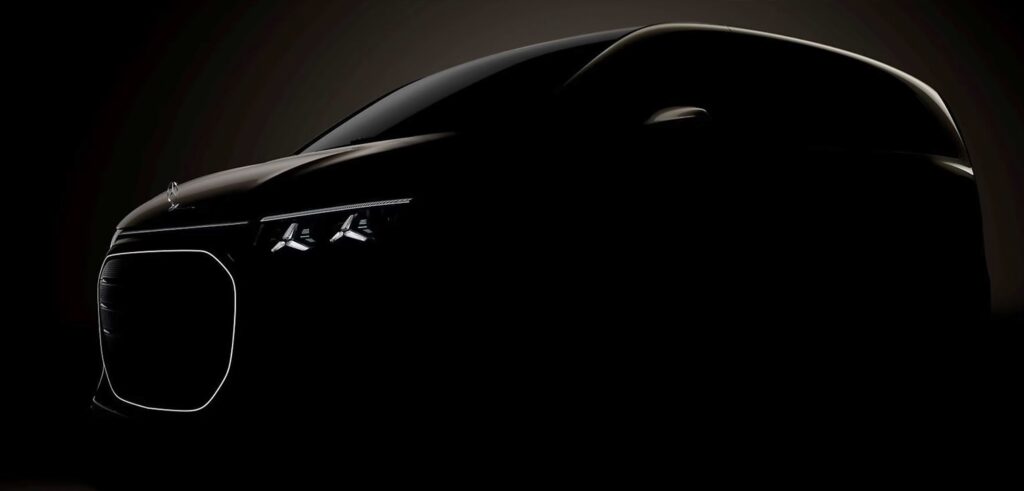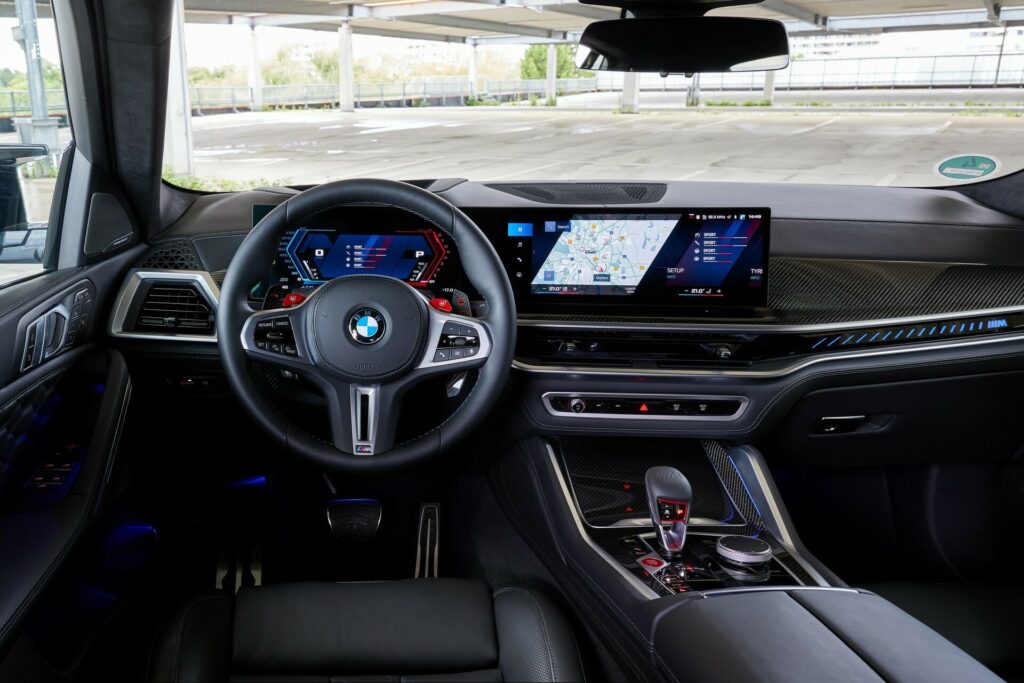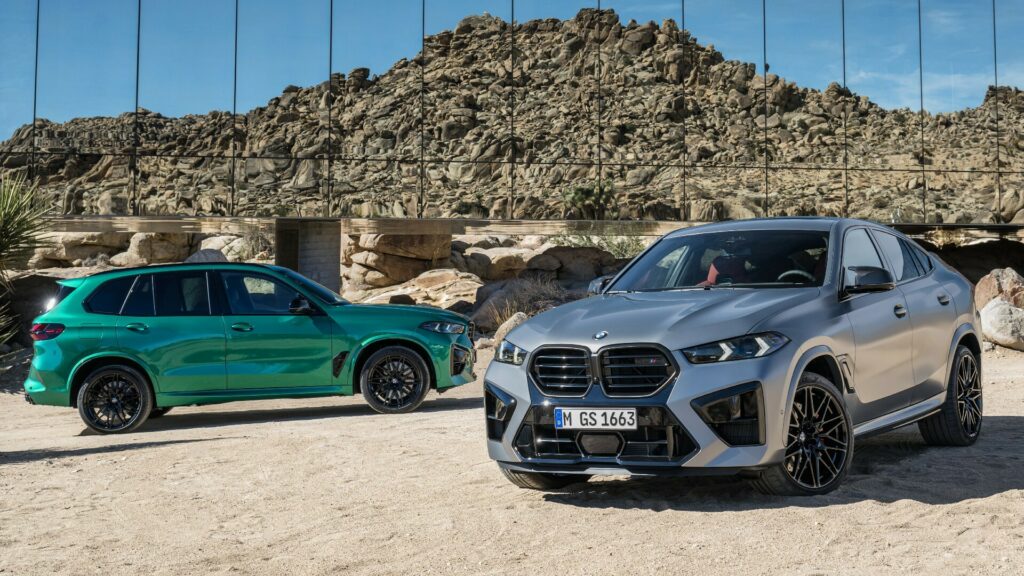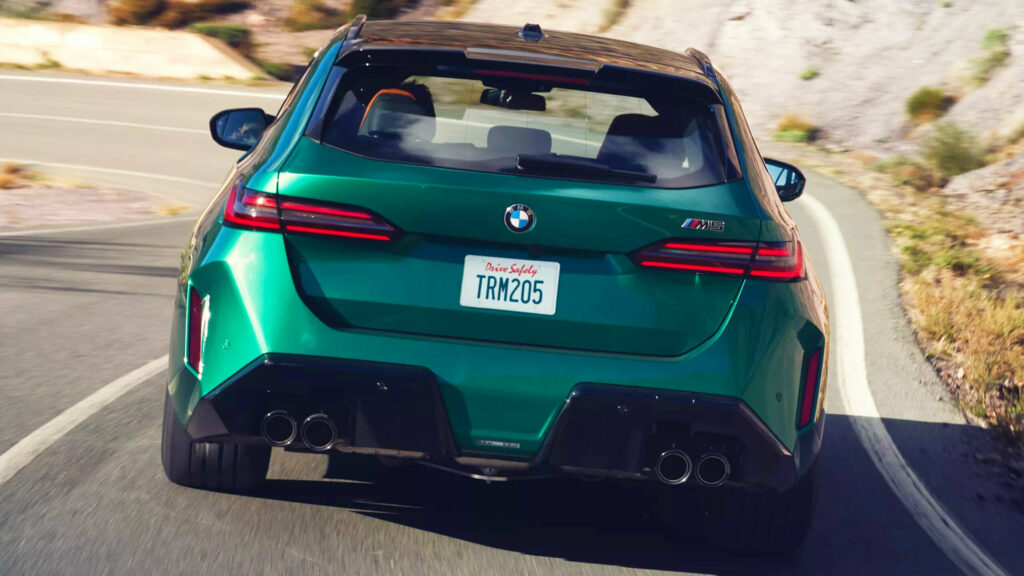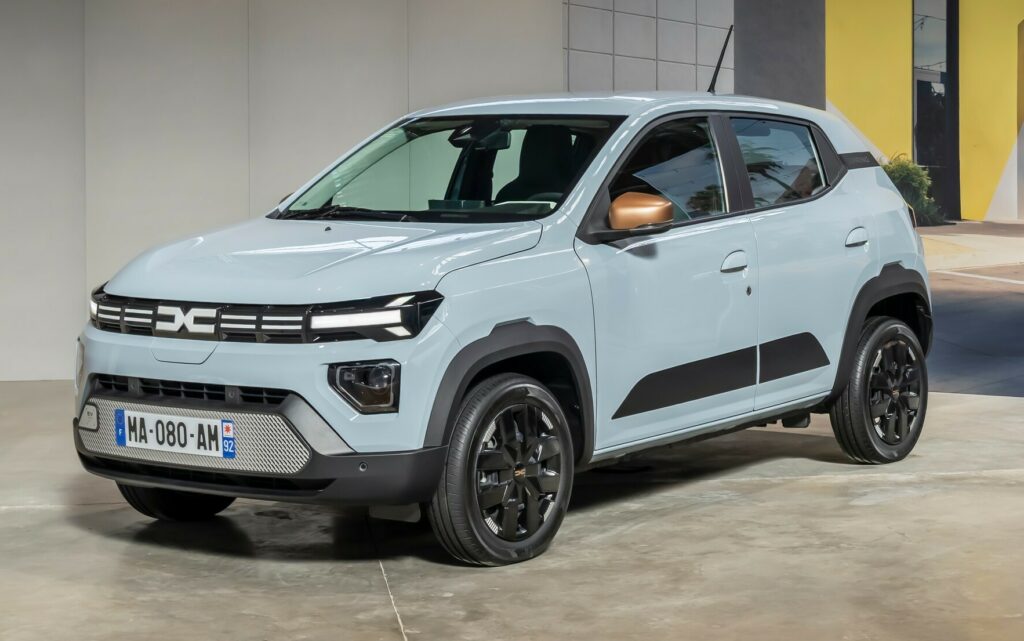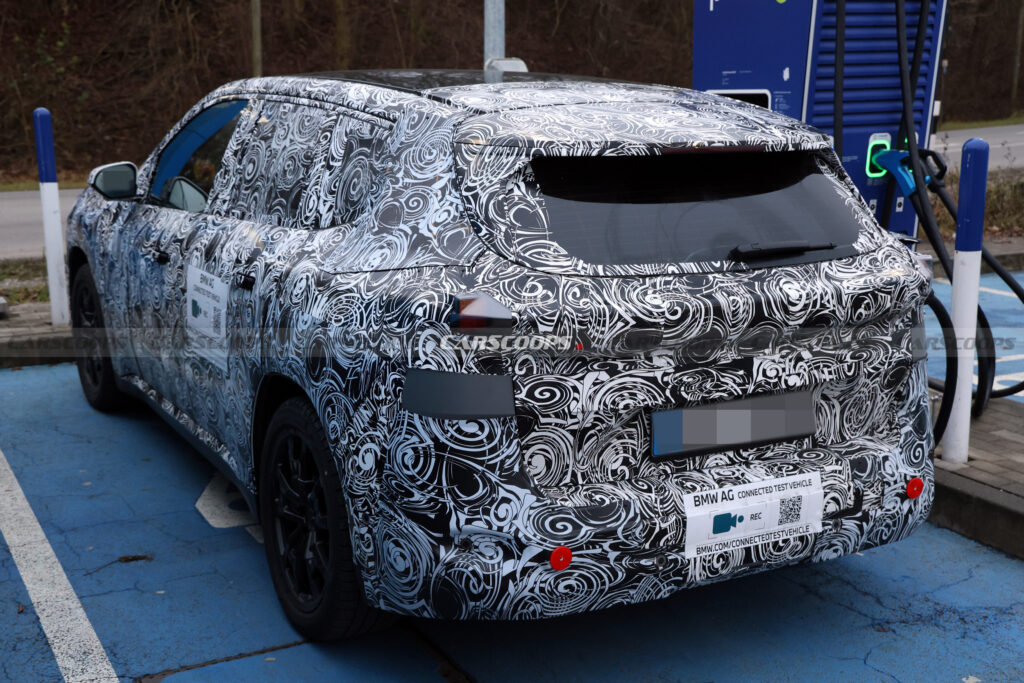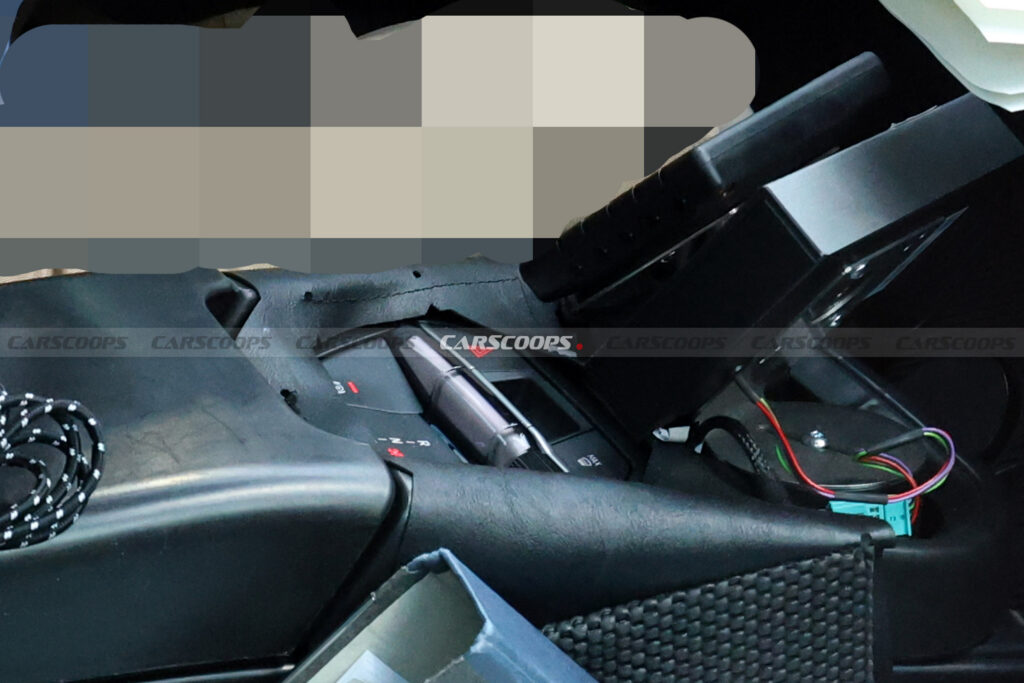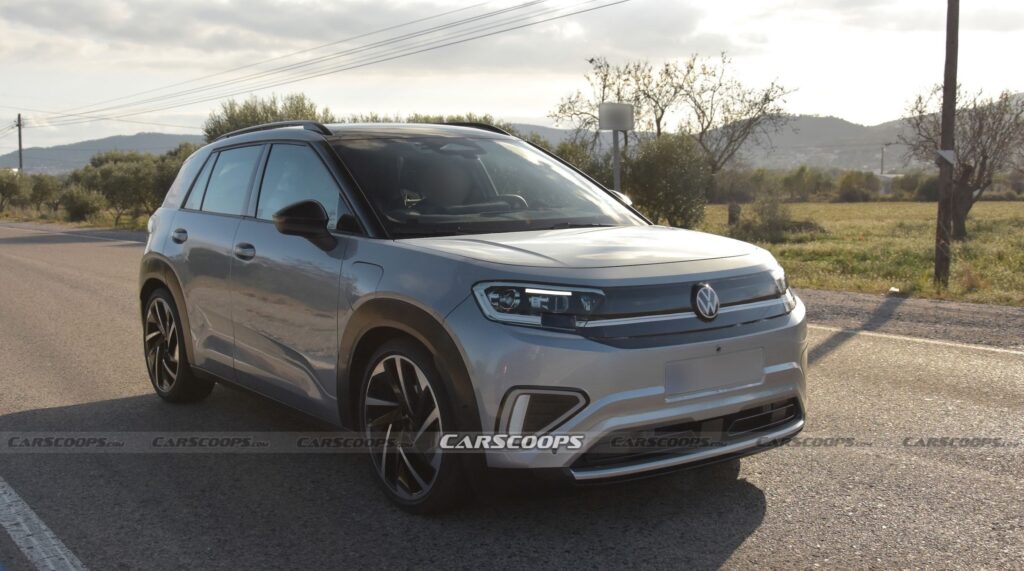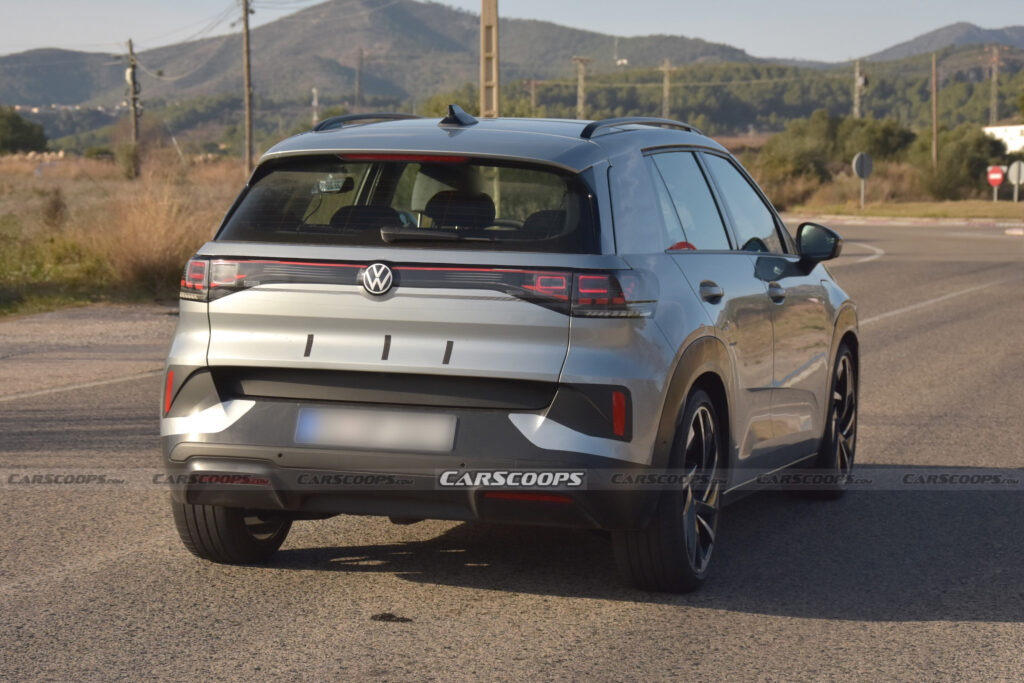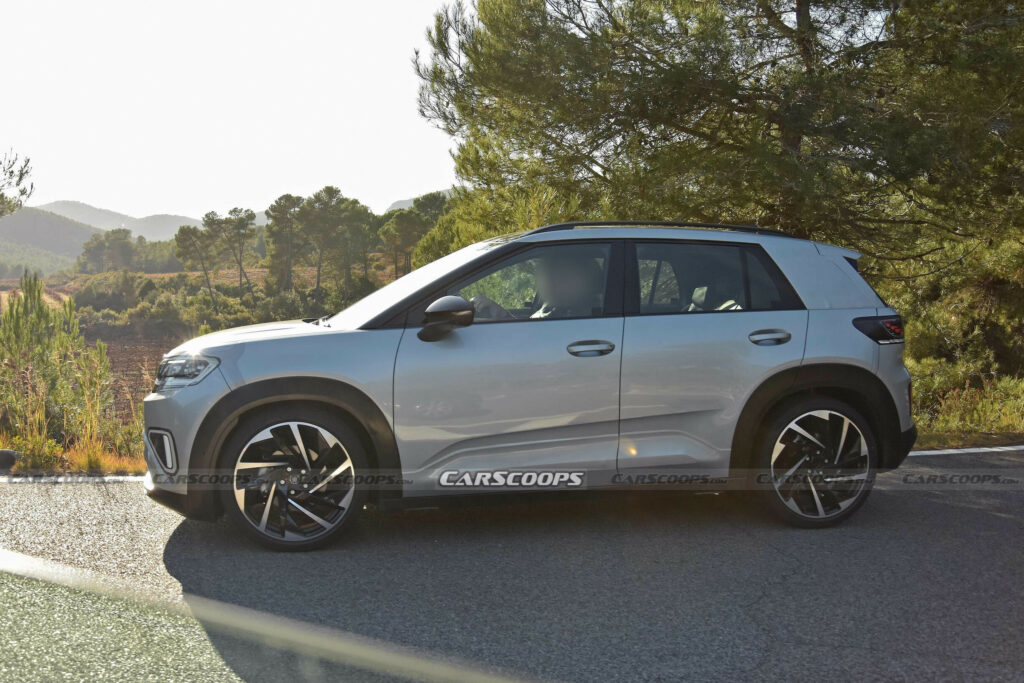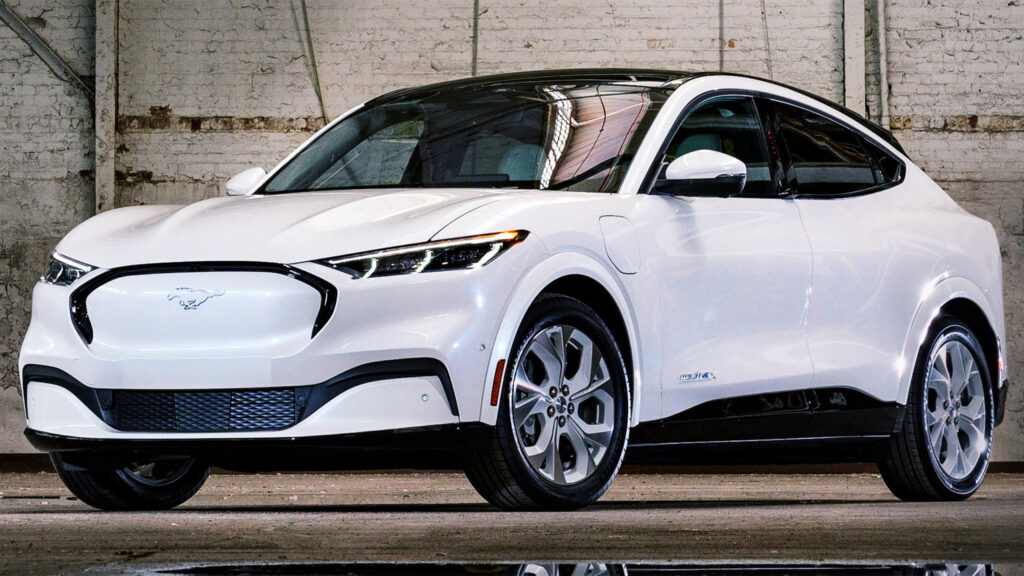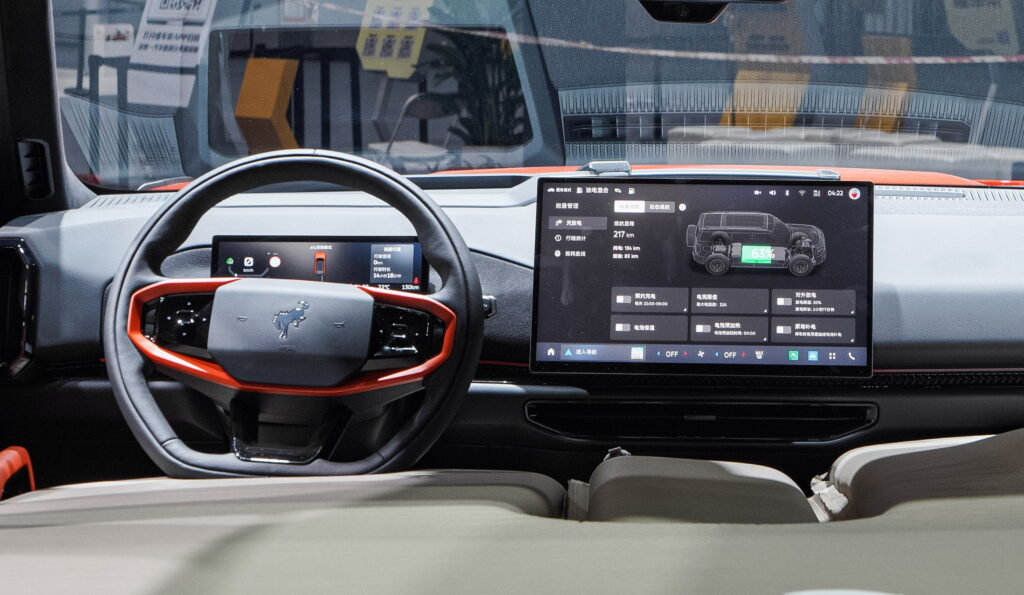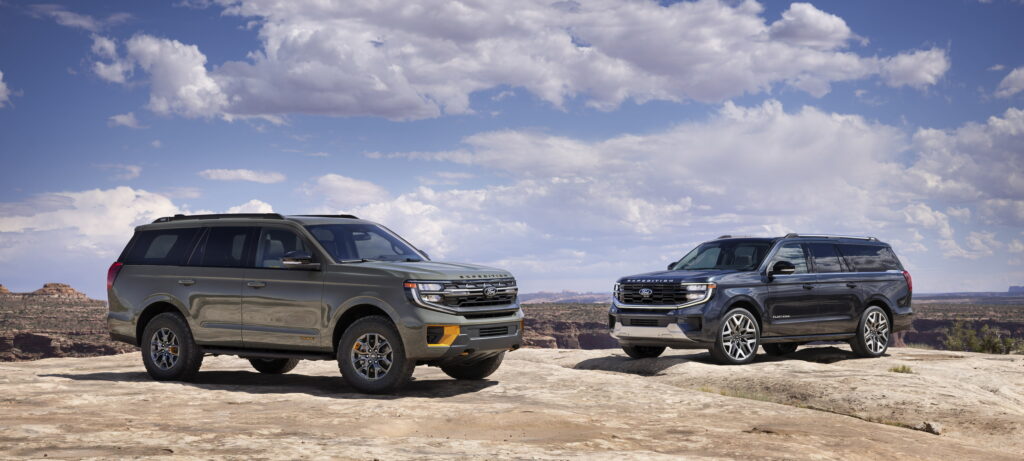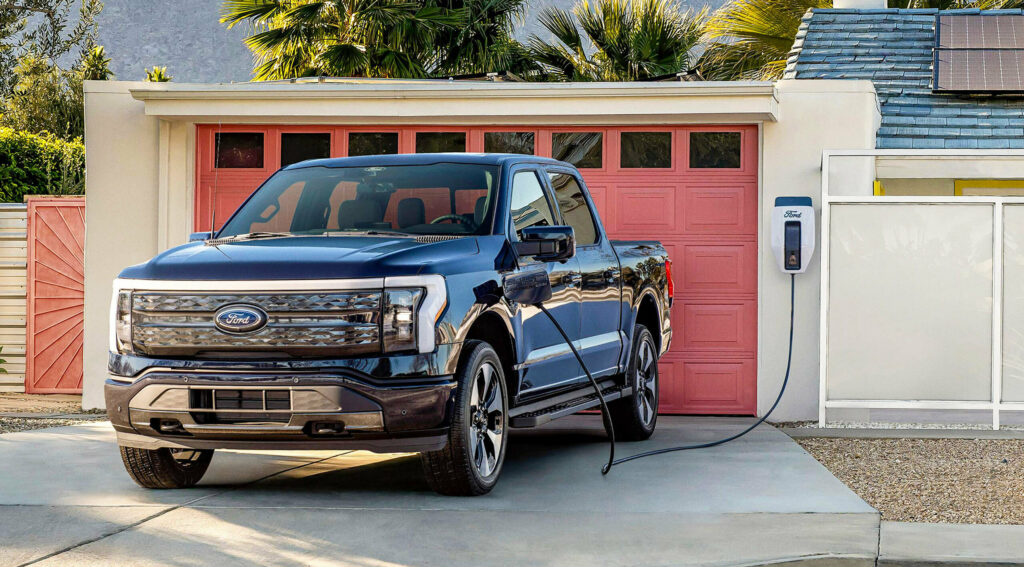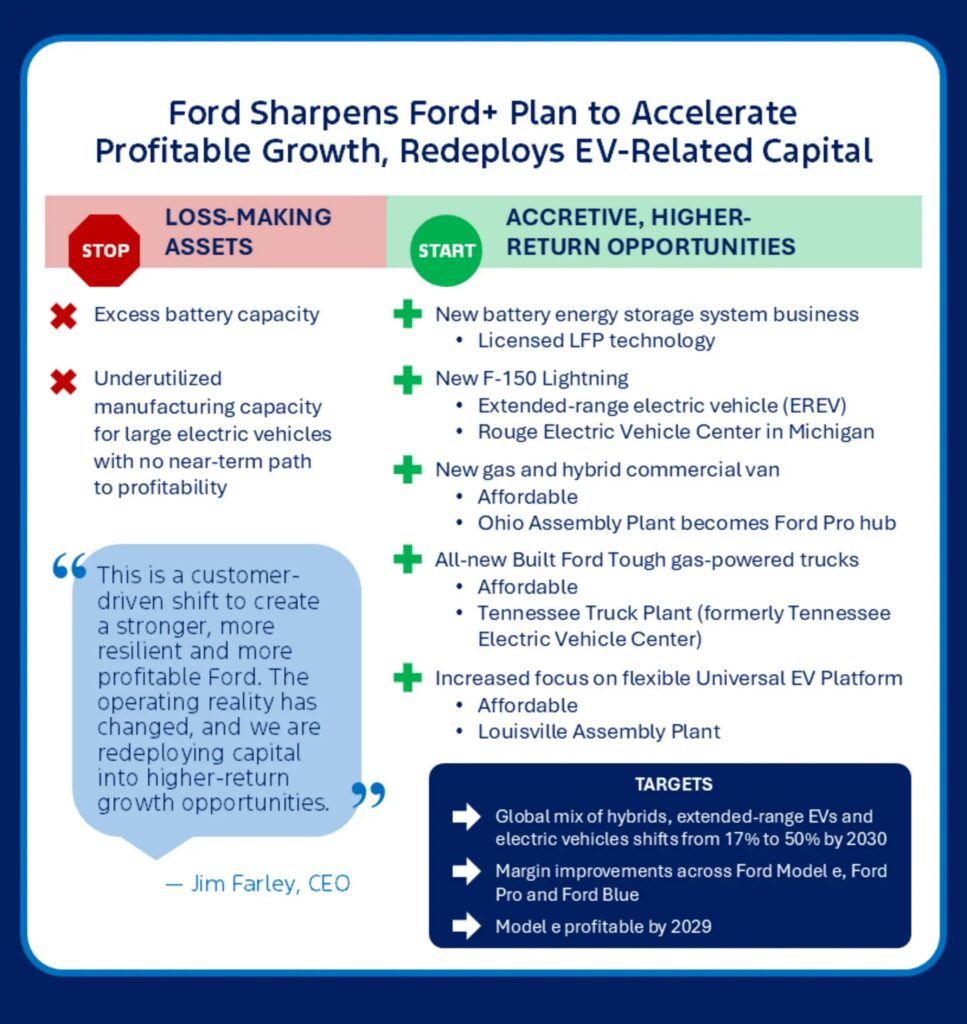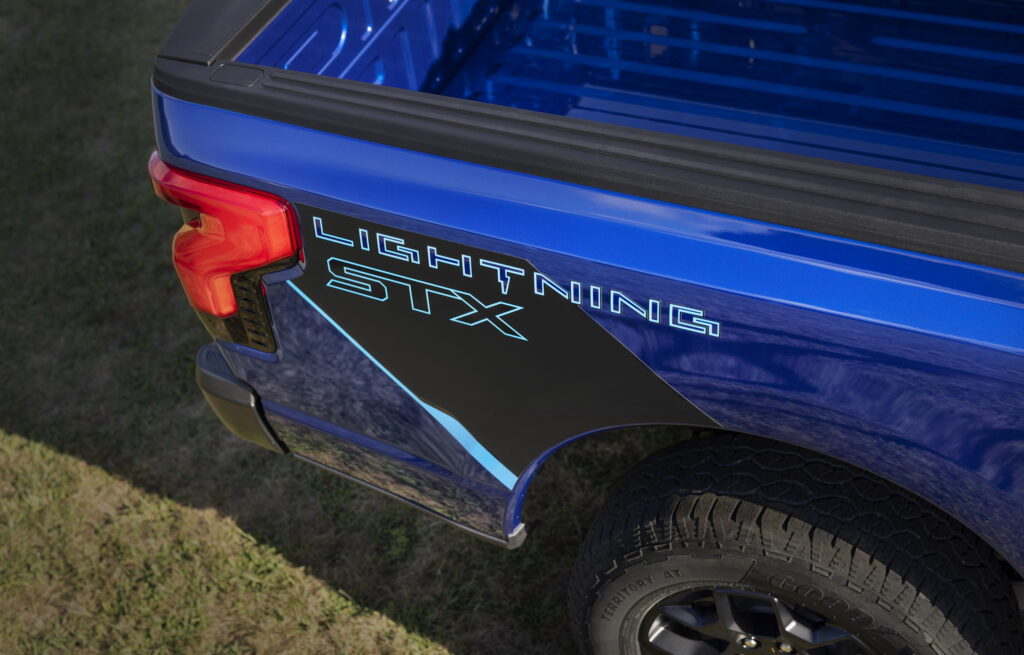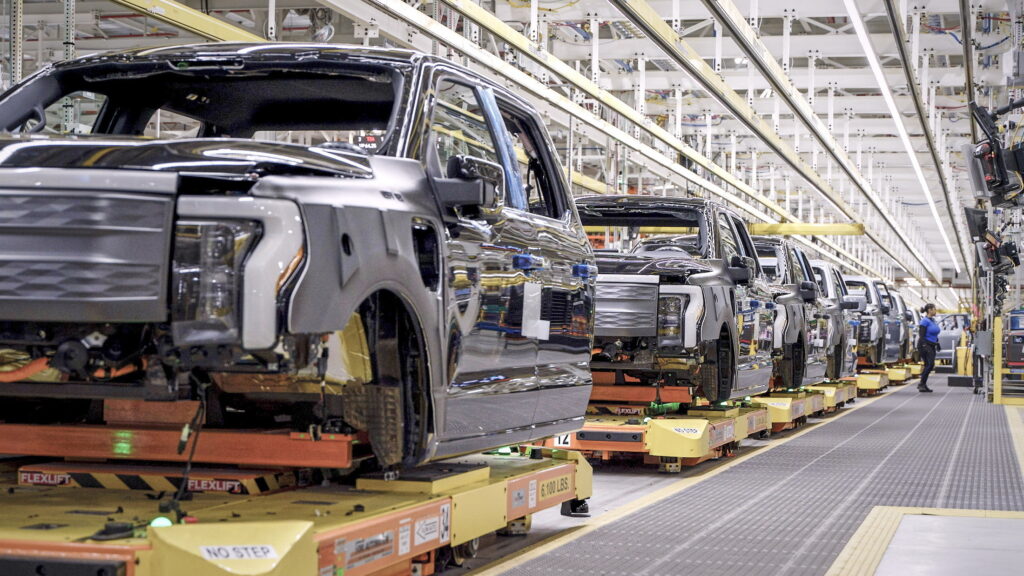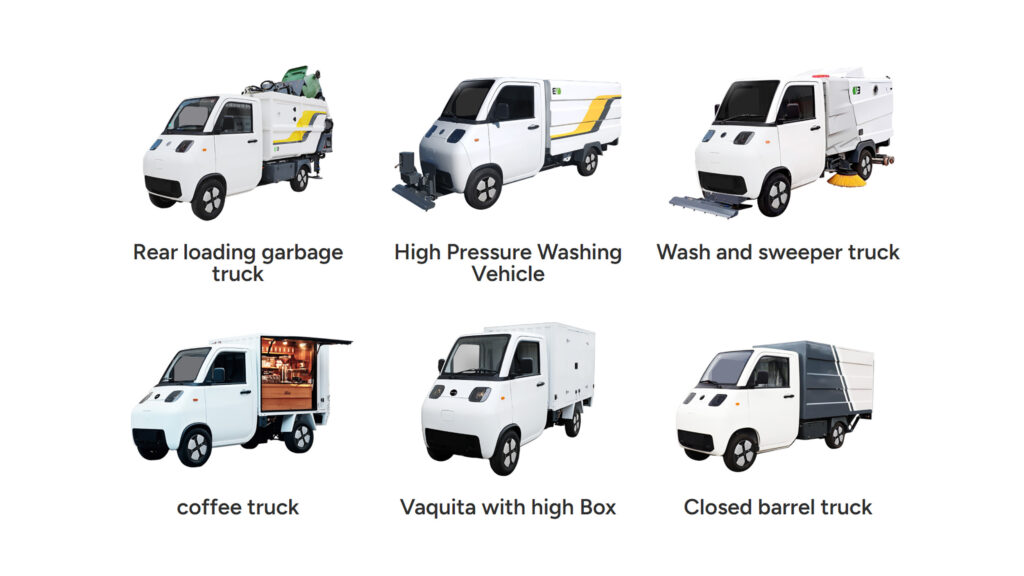Jaguar Thinks Its $180K EV Gamble Could Finally Ditch Its BMW Complex
- Jaguar will abandon volume sales and chase ultra-premium margins.
- First model in new era is a 1,000 hp tri-motor electric fastback.
- Prices will start at $187K, doubling Jaguar’s current price range.
It’s not often that a legacy carmaker attempts a reinvention as complete as the one Jaguar is now pursuing. Long seen as struggling to match Germany’s premium heavyweights like BMW and Audi, the British brand has decided to shift course entirely.
Rather than chasing premium volume, Jaguar now aims to sell fewer vehicles at significantly higher prices, offering a tighter lineup of upscale electric cars. The first product of this rebooted identity is due next year.
Read: Jaguar Rolls Out Its Future In A New Color Right After Firing The Man Behind It
Previewed by last year’s radical Type 00 Concept, this new model will be a low-slung, four-door fastback powered by three electric motors and producing around 1,000 hp. It’ll be unlike any other Jaguar from recent years and that’s exactly what Jaguar wants.
What’s the Strategy?
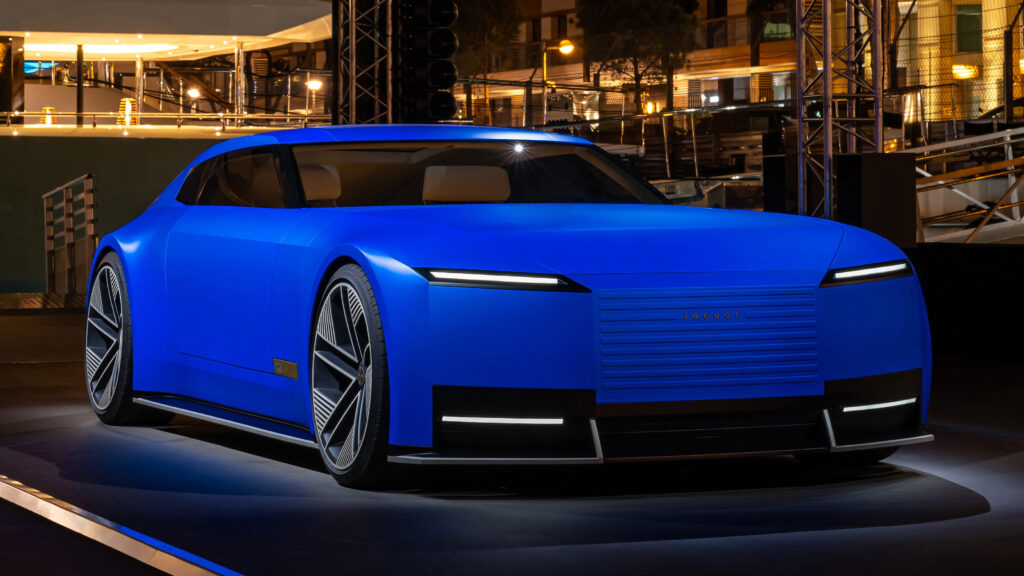
In an interview with Top Gear, Jaguar’s managing director Rawdon Glover acknowledged the current model wasn’t working. Competing head-to-head with Audi, BMW, and Mercedes-Benz in the so-called volume premium segment “didn’t work commercially,” he said.
Instead, Jaguar will now follow an approach closer to what Range Rover has done, with fewer models, each positioned higher up the market.
Also: JLR Denies Firing Gerry McGovern, But Won’t Say If He’s Still Employed Either
“In UK numbers, our average transaction price used to be about £55,000 (about $73,000 at current exchange rates),” Glover told TG. “This will be more than double that, so the centre of gravity in the UK would be about £120,000 ($160,000),” adding the launch edition of the road-going Type 00 will start at “£140,000 ($187,000).”
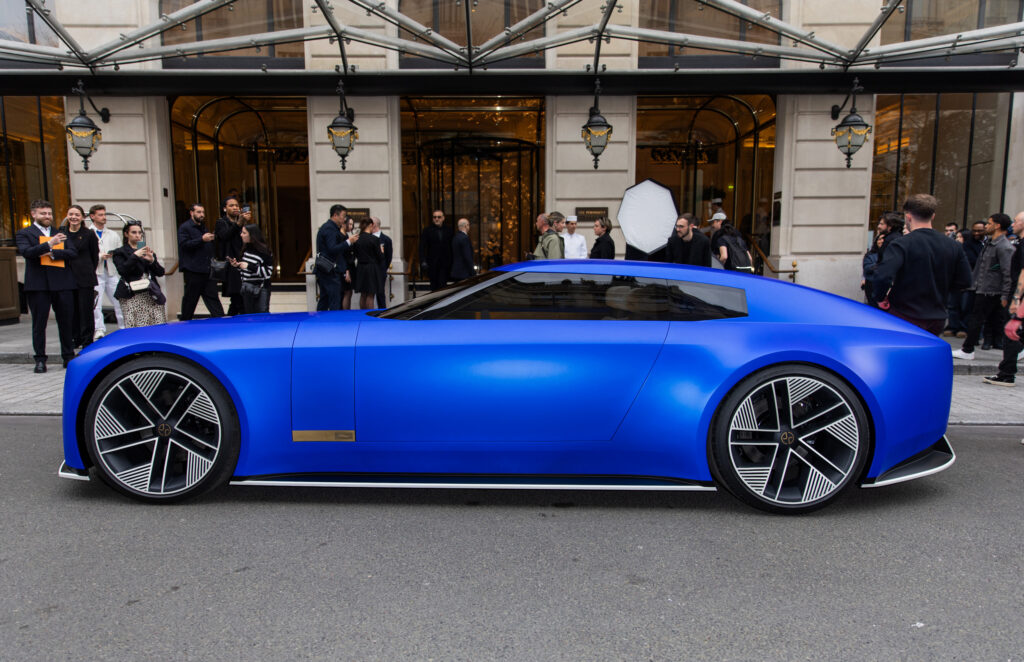
Jaguar notes that by pricing its vehicles in the mid-£100,000s, it’ll be able to carve out a space of the market above what the volume brands from Germany offer, but below ultra-luxury brands like Bentley, Rolls-Royce, and Lamborghini, which sell vehicles closer to £300,000 ($400,000).
During the same interview, Glover added that “the days of seven or eight models [in Jaguar’s line-up] are gone,” noting we should “expect a condensed range, all around similar price points.”
The change will come with a leaner product catalog. “The days of seven or eight models [in Jaguar’s line-up] are gone,” Glover said. He added that Buyers should expect a much more focused range, with models clustered at “similar price points”.
Inside Jaguar’s Flagship EV
SHproshots
The first model in this new era will also be Jaguar’s most important. While its design is expected to spark debate, early feedback suggests the brand is working on a genuinely refined electric vehicle.
Several UK publications have already experienced it from the passenger seat. Autocar, among them, noted that the prototype rides better than any EV currently on the market.
Underpinning the vehicle is the new Jaguar Electric Architecture and a battery pack estimated to have a capacity of around 120 kWh. There are then three electric motors, two at the rear axle and one at the front, combing to produce roughly 1000 hp. Of that total, 30 percent is directed to the front wheels, with the remaining 70 percent going to the rear.
Then there’s the trick suspension. All four corners feature three-chamber air suspension, which, according to reports, delivers a level of ride quality that surpasses even the most opulent Range Rovers in the JLR stable.
Bad Timing?
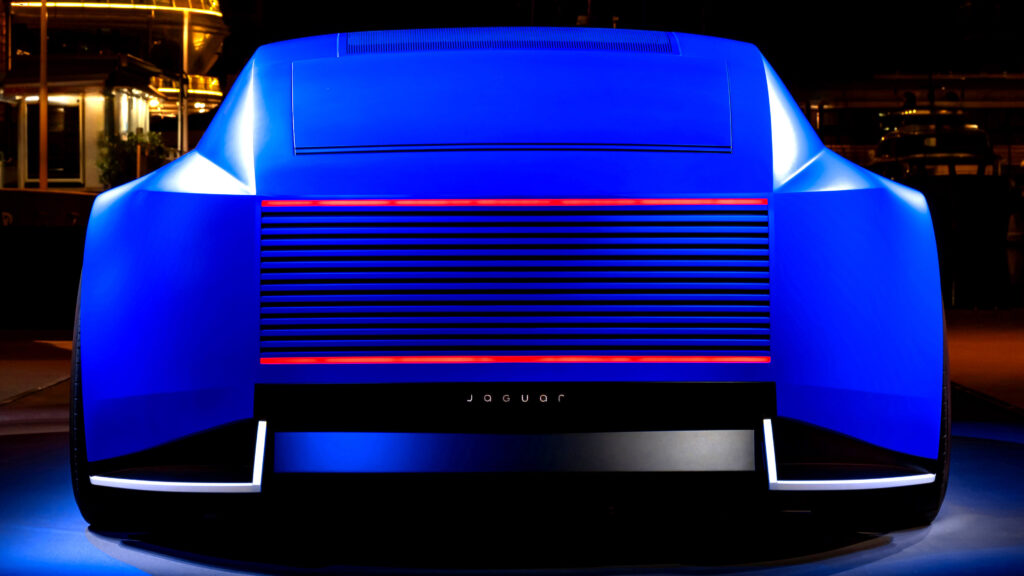
Still, the timing of all this raises questions. With the crucial American market going cold on EV adoption and Europe reconsidering the timeline for internal combustion phase-outs, Jaguar’s all-in electric pivot seems like a high-stakes bet.
Unless, of course, the real aim is elsewhere. China remains bullish on premium EVs, and for a brand like Jaguar, finding success there might be the difference between a daring reinvention and a costly miscalculation.



